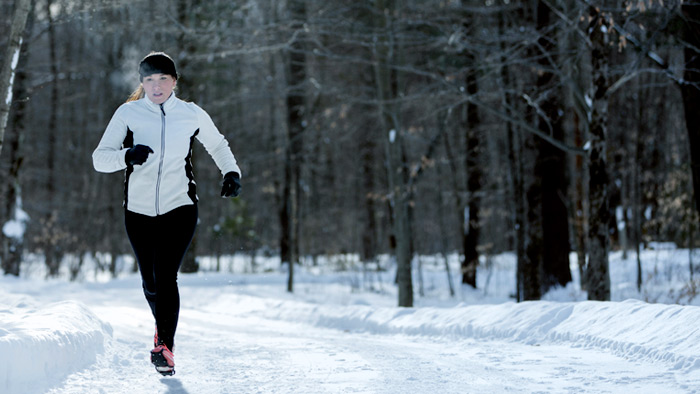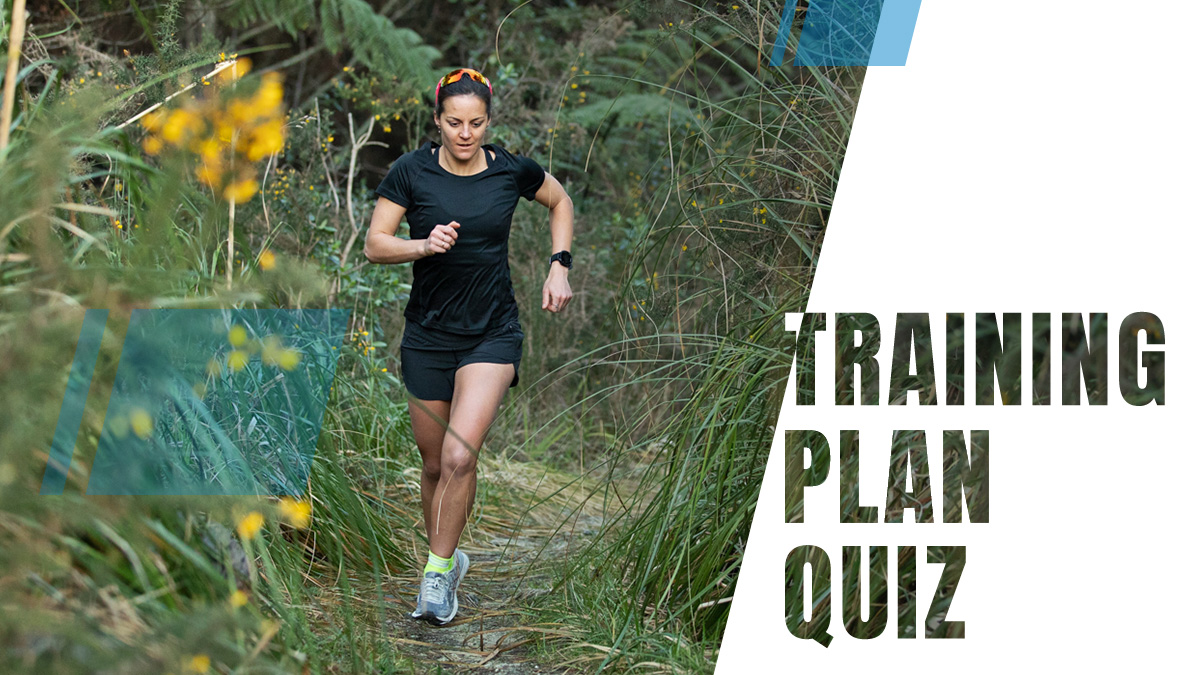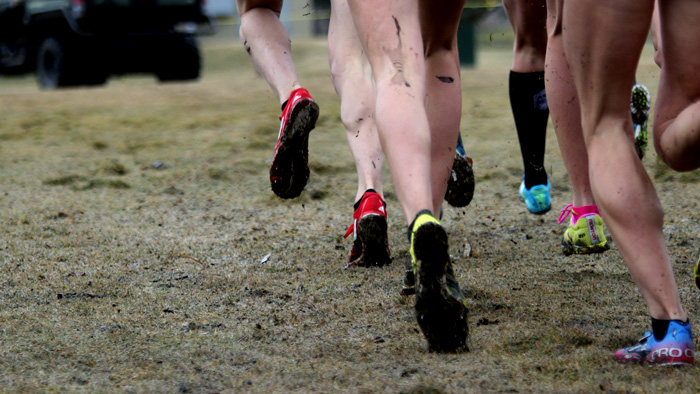The transition phase from base or preseason training is vital to preparing for competition and setting a positive tone for the entire season. This transition traditionally includes a lower volume of aerobic training, an increase of higher intensity training, and race-specific training. These must be deliberately introduced to maximize adaptation and promote performance gains.
Focusing on these three areas will allow you to make a successful transition to your race season: race speed form training, progressively implemented speed training, and introduction of racing tactics or skills.
1. Improve Your Running Form With Drills
During base or pre-season training, running form displays a decreased knee drive, your foot plant tends to drift forward in front of the hips, and your cadence is lower. Added to training sessions, form drills will increase knee drive, emphasize proper foot strike, and develop a higher race tempo cadence. I recommend form drills throughout training phases, but they become a focus during the preparation phase.
The first stride component to emphasize is knee drive, which generates speed for racing paces and competitive situations such as surges and a finishing kick. Skipping drills commonly referred to as “A” and “B” skips are the most effective way to improve your knee drive, cadence, and foot strike.
A-Skips focus on knee drive. I always ensure athletes are demonstrating proper arm swing in this drill, as bad upper body habits can frequently be acquired during skip drills. The A-Skip involves running while driving your knees upward so that your hip joint is bent past 90 degrees. Swing your arms so that your right arm is forward when your left knee is up, and vice versa. A skip is added between each step to emphasize the knee drive. Keep a slight forward lean and a dorsiflexed ankle.
B-Skips begin the same, but differs from A-Skips through the addition of a kicking out motion following the knee drive phase. This requires focus to execute proper landing placement of the mid-foot under the hip and initiates hamstring activation. The powerful hip motion required to draw the foot back under the hip is referred to as the “paw-back” because your foot should drag slightly across the ground.
Execute repeats of 20 to 30 meters to your training throughout the year to maintain and improve your form. During pre-racing season preparation, I often add 60-meter strides following the skip drills. This stride (20 meters of acceleration to speed and 40 meters of maintained speed) reinforces the skills developed during the skip drills. Newer monitoring devices will track cadence, which can be viewed in TrainingPeaks, to track improvement during training runs following the drills.
The application of these drills may appear to be more geared toward elite athletes or shorter-distance athletes, but the increased knee drive will improve stride efficiency and speed at all levels. Who doesn’t want to post a new PR or gain an edge on their competition?
2. Get Race-Ready Fitness With Intervals
Preparation for the racing season requires a training plan that adapts higher-intensity efforts through progressive training loads. Interval training is the most practical method to promote adaptation to racing efforts. When planning intervals for race season, sets of intervals should be developed involving progressively more volume with intensity at or just below race pace.
A common interval set during this phase would be repeating one-mile efforts with 30 percent active recovery time. The 30 percent active recovery time is calculated from the average goal time for the intervals and consists of jogging or walking. The pace and volume of the intervals would be based on the target race’s distance and time. Intervals progress over the course of the three weeks from below race distance and speed, to finish week three above race distance and speed. A basic example would be:
Goal Race 5km, 19:00

A more advanced progression example, involving higher volume and additional progressive steps:
Goal Race 5km, 19:00

These examples must be used in the context of a seasonal training plan with base training and tempo intervals leading up to the preparation phase. As the season progresses towards your goal race, intervals will rise in intensity and vary in recovery. The goal of these training intervals is to prepare you for race pace. Working with an experienced coach is most beneficial when implementing a training plan to make sure that each phase of training works to reach the season’s performance goals.
3. Physically and Mentally Prepare With Race Simulations
Regardless of the competition level, you should include competition skills or simulate race conditions during training sessions to prepare for the racing season. It is important to consider all aspects of race day when planning race preparation training sessions. Always include your race day warm up routine in workouts. An example would be starting your training sessions with a dynamic warm up and drill sequence that you then repeat during warm up for a competition. Maintain warm up jogs of 10 to 20 minutes in length consistent between interval training sessions and race day warm ups. It is also good to include a variable fartlek run to your training plan to simulate racing scenarios during training a session. Here is an example workout:

There is no recovery between the one-minute intervals, however there is a two to three-minute active recovery between sets to simulate the change in speeds associated with racing. A workout may consist of two to five sets of fartlek intervals, and the intervals can vary from 30 seconds to 3 minutes depending on the racing distance or timing within the training plan. This will simulate initiating a surge or covering a competitor’s surge and develop a sense of multiple “gears” for competition. This race preparation workout is typically a secondary workout during the week to complement interval training.
The preparation phase leading up to the first races is a crucial time of the season. It is the time to capitalize on the hard work invested during off-season and pre-season training. The inclusion of form drills, progressive intervals, and racing skills in a training plan will ensure a successful first race and strong foundation for a successful season of racing.









